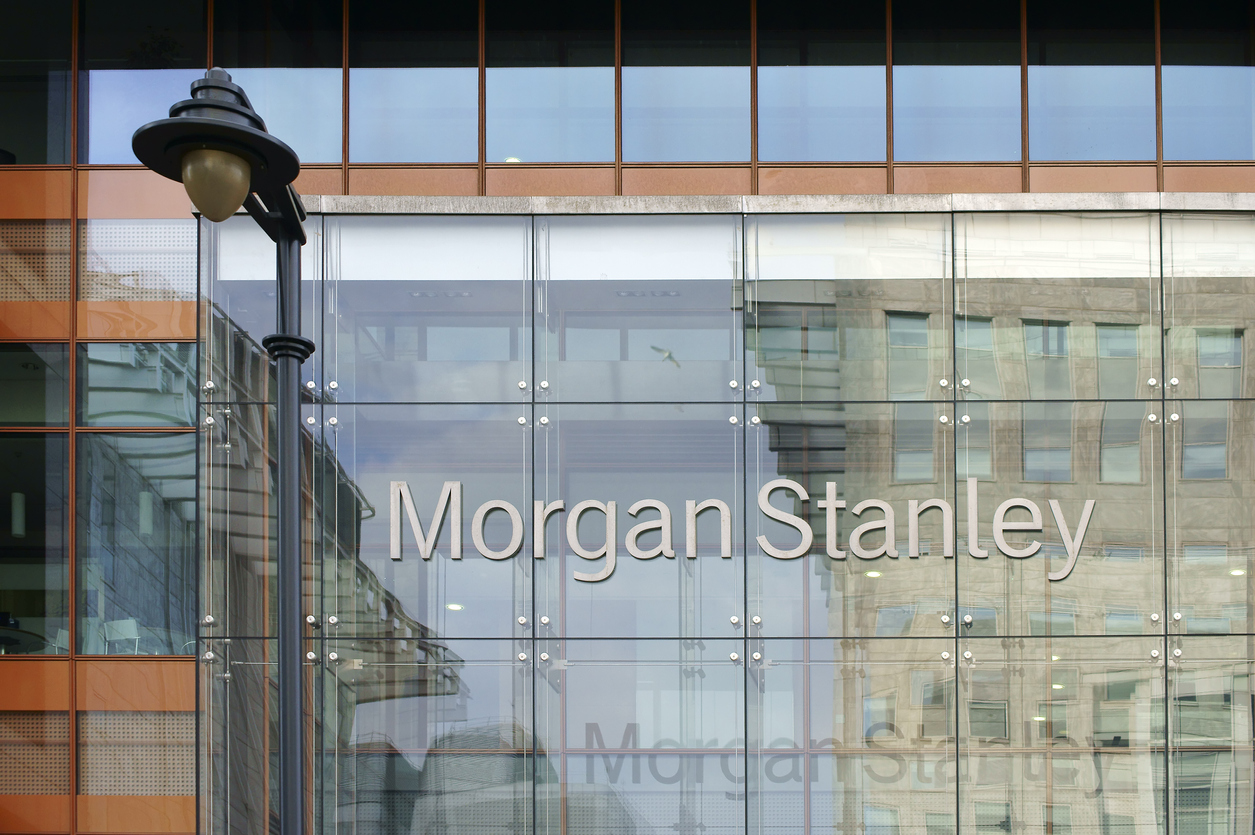Morgan Stanley’s Bold Tesla Bet: What It Means for Wealth, Careers and Wall Street Power
Morgan Stanley is once again setting the tone on Wall Street. After a dramatic declaration from one of its leading analysts that Tesla had “solved autonomy,” markets jolted, investors leaned in, and the financial world was reminded just how much sway this 90-year-old banking powerhouse still commands.
But behind the headlines and trading screens lies a deeper story — one about money, influence, and how Morgan Stanley continues to shape both global wealth and the careers of those driving it.
The Power Move That Shook Markets
When Morgan Stanley’s veteran analyst Adam Jonas proclaimed, “I’m callin’ it — autonomous cars are solved,” his words reverberated across global markets. Tesla’s shares spiked more than 5% within days, reigniting debate over whether the EV giant had achieved a long-promised self-driving breakthrough.
This wasn’t just another hot take. It was a calculated financial signal — one that showcased how much influence the bank’s analysts still wield over investor sentiment. In a market increasingly driven by algorithms and social media chatter, Morgan Stanley remains one of the few institutions capable of moving billions with a single note.
According to Dan Ives, Managing Director at Wedbush Securities, “Morgan Stanley’s Tesla call reinforces that Wall Street isn’t just reacting to tech anymore — it’s steering it.”
Inside Morgan Stanley: The Engine of Global Finance
Founded in 1935 amid the Great Depression, Morgan Stanley has evolved from a traditional investment bank into a sprawling global financial institution managing trillions in client assets. From its Manhattan headquarters to offices in London, Singapore and Dubai, the firm employs more than 80,000 professionals — each part of a financial ecosystem that touches nearly every sector of the economy.
Its reach is vast: investment banking, trading, private wealth management and research all flow through its corridors. For consumers, entrepreneurs and investors alike, Morgan Stanley remains a gatekeeper of global capital — and a key player in shaping how money moves in 2025.
Career Powerhouse: From Analyst to Million-Dollar Advisor
Behind every major deal or analyst headline is a competitive workforce that defines modern Wall Street. For young professionals, landing a job at Morgan Stanley is a career milestone.
The firm’s Financial Advisor Associate (FAA) program is among the most prestigious in finance, training recruits in investment strategy, portfolio design and high-net-worth client management. Successful advisors who build strong books of business can earn well into seven figures.
As Gorman Wealth Group advisor Lisa Finkelstein told CNBC earlier this year, “At Morgan Stanley, it’s not just about advising it’s about understanding the psychology of wealth. You’re managing legacies, not just portfolios.”
For graduates and experienced financiers alike, that blend of intellect, emotional intelligence and market acumen defines success in the modern finance career landscape.
The Wealth Machine: Managing Billions, Building Futures
Morgan Stanley’s wealth management division now oversees more than $5 trillion in client assets, offering an array of services that go far beyond basic investment advice. From tax planning and estate strategy to digital platforms that allow clients to track every trade in real time, the firm has turned wealth management into a high-tech, high-touch experience.
Its partnership with E*TRADE, acquired in 2020, opened new doors for retail investors and younger generations looking to grow wealth under the same umbrella as the world’s most powerful institutions.
But it’s the firm’s data-driven insight — using AI and predictive analytics — that’s making it stand out in 2025. Clients today aren’t just buying stocks; they’re buying confidence in how those stocks are analyzed, hedged and structured.
Legal and Financial Layers Behind the Influence
While the Tesla call grabbed attention, Morgan Stanley’s operations rest on meticulous legal and financial architecture. Every investment product, bonus structure and advisory relationship sits within strict regulatory frameworks governed by the SEC, FINRA, and international compliance bodies.
In early 2025, the firm reportedly boosted bonuses for top UK investment bankers by 67%, underscoring how competitive the legal and compensation structures in high-finance remain. These pay structures reflect not only market performance, but also adherence to stringent compliance and risk-management standards that safeguard both the firm and its clients.
What It Means for Investors and Professionals
Morgan Stanley’s latest market move — particularly its bullish Tesla stance — is about more than stock prediction. It highlights a broader financial truth: those who understand where technology meets capital will define the next generation of wealth.
For investors, following Morgan Stanley’s analysis offers a roadmap for spotting macroeconomic shifts before they hit mainstream consciousness. For aspiring financiers, it’s a lesson in how credibility, research, and timing can make or break billion-dollar outcomes.
According to analysis reviewed by CEO Today, Morgan Stanley’s dominance in both institutional and retail finance positions it as one of the few firms capable of influencing not just what investors buy — but how they think about money itself.
Conclusion
As Morgan Stanley doubles down on technology-driven finance, its impact on both markets and individual wealth creation is undeniable. Whether you’re watching the Tesla stock surge or dreaming of a Wall Street career, the firm’s story remains a case study in vision, risk and reinvention.
In a world where markets can shift overnight, Morgan Stanley isn’t just keeping up — it’s setting the pace.
FAQ – Morgan Stanley News & Wealth
Why is Morgan Stanley’s Tesla call significant?
Because its analysts carry immense market credibility. When Morgan Stanley speaks, institutional investors listen — and stocks often move as a result.
How does Morgan Stanley make money?
Through investment banking fees, trading, wealth management, and advisory services for clients ranging from billion-dollar corporations to individual investors.
Is Morgan Stanley a good place to work?
Yes. It’s consistently ranked among the top financial employers, offering strong compensation, structured career progression, and exposure to global finance.
What’s the link between Morgan Stanley and Tesla?
The bank has been one of Tesla’s most vocal supporters among Wall Street institutions, often issuing forward-looking reports that shape investor sentiment and valuations.














